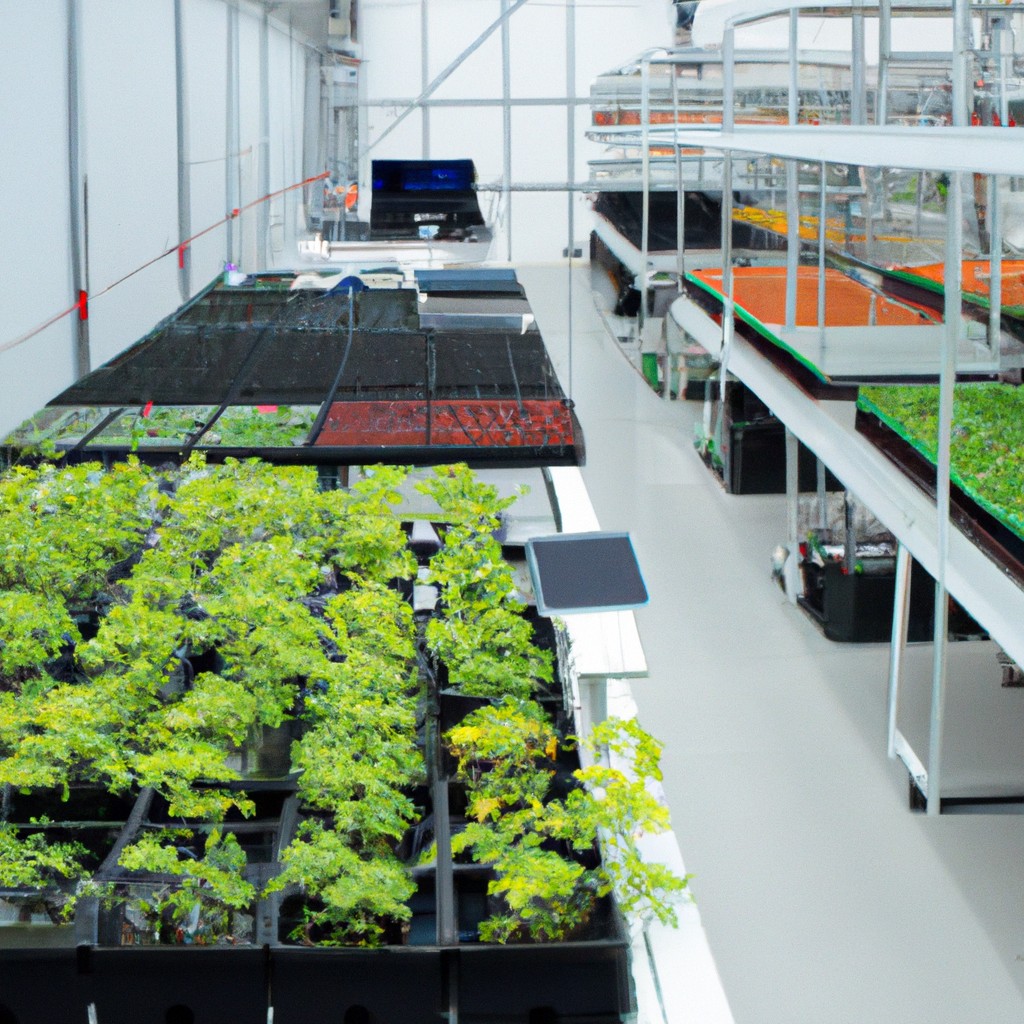This article explains how computers and electronics are used in agriculture to optimize farming practices and increase efficiency.
Look Inside:
Precision Agriculture Technologies

Precision agriculture leverages technology to make farming practices more accurate and controlled. By utilizing GPS, drones, and sensors, farmers have a clearer picture of their fields. This technology helps identify variations in field conditions such as moisture levels and nutrient needs.
First, GPS technology allows tractors and equipment to plant seeds and apply nutrients at exact locations, reducing waste and improving yields. Drones collect aerial data, giving insights into crop health and pest infestations without the need for manual surveys. Sensors placed throughout the fields monitor soil moisture and temperature, ensuring crops receive water and fertilizers precisely when needed.
These high-tech tools gather massive amounts of data, providing farmers with actionable information. This level of detail supports decisions that can lead to reduced resource use and higher crop productivity. Precision agriculture exemplifies how technology promotes sustainability in farming by optimizing the usage of various resources.
Use of Robotics in Harvesting
Robots in the fields are transforming the way crops are harvested. These machines can work around the clock, picking fruits and vegetables with precision that reduces waste and improves quality. For instance, strawberry-picking robots use cameras and sensors to identify ripe berries, gently plucking them without bruising the fruit. This not only speeds up the process but also cuts labor costs, a significant benefit given the seasonal nature and expense of agricultural labor.
Another example is the use of unmanned aerial vehicles (UAVs), or drones, which assist in both planting and harvesting crops. Drones can cover large areas quickly, deploying seeds in planting and using advanced imaging technology to assess crop maturity and plan harvests efficiently.
The integration of these technologies helps farmers manage resources better, track progress in real time, and optimize yield predictions with high accuracy. As a result, farms can produce more food with fewer resources, contributing to sustainability in agriculture.
AI and Machine Learning for Crop Prediction and Health Assessment
Artificial intelligence (AI) and machine learning (ML) are transforming how farmers monitor crop health and predict agricultural outputs. These technologies process vast amounts of data from satellite images, sensors, and weather stations to predict weather patterns and identify potential risks to crops.
One key application is disease detection. AI systems analyze images from drones or field cameras to spot early signs of disease that the human eye might miss. This allows farmers to act swiftly, targeting affected areas rather than entire fields, saving time and resources.
AI also assists in predicting crop yields, which is crucial for planning and distribution. By understanding patterns in data, ML models can forecast output levels with impressive accuracy. This helps farmers make better decisions about resource allocation, such as where and when to water or fertilize.
These tools collectively aim to create a more efficient farming process, reducing waste and increasing yield without compromising the environment. Farmers who adopt these technologies stay one step ahead, ensuring sustainable production aligns with market demand and climate considerations.
Big Data Analytics in Farm Management
Farmers are now leveraging big data analytics to enhance productivity and reduce costs. By analyzing vast amounts of data from soil sensors, weather reports, and satellite images, they can make more informed decisions on planting, fertilizing, and irrigating crops.
This technology allows for precise resource management. For instance, data-driven insights help determine the exact amount of water needed at different growth stages of crops, avoiding wastage and ensuring optimal growth.
Moreover, predictive analytics play a crucial role. By recognizing patterns and predicting future conditions, farmers can preemptively address potential issues like pest infestations or crop diseases, significantly minimizing losses.
In essence, big data not only supports day-to-day agricultural decisions but also aids in long-term planning by tracking trends and forecasting future agricultural market behavior. This integration of technology streamlines operations, making farming more efficient and sustainable.
Blockchain for Supply Chain Transparency in Agriculture
Blockchain technology offers a transparent, immutable ledger for recording the journey of agricultural products from farm to table. By logging each transaction or transfer on a decentralized database, all parties in the supply chain — from farmers to retailers — gain access to a single version of the truth regarding the origin, handling, and quality of produce.
This technology effectively combats fraud by making it nearly impossible to alter recorded data without detection. For consumers, this means increased confidence in the authenticity and safety of their food. Farmers benefit from fairer pricing and more streamlined operations, often leading to increased market access.
Moreover, the use of smart contracts automates agreements and transactions, reducing the need for intermediaries. This can significantly lower costs and enhance efficiency, ultimately leading to smoother operations across the agricultural supply chain.




